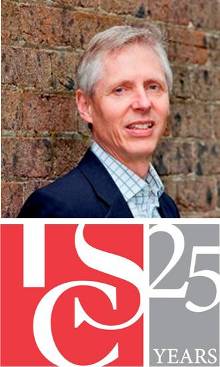Maxwell Anderson - Director of the Indianapolis Museum of Art (IMA):
- The web provides great tools for accessing the back of house operations of museums, including the on-average 95% of the collections which are not on exhibition at any one time.
- How can web technology seek to emulate the thrill of proximity, i.e. achieve elements of the real in a virtual way?
- The IMA has established substantial transparency of operations using its ‘dashboard’ component of the web site to put up a wide range of internal information, such as staff numbers per section, visitor numbers, value of its endowment by quarter ( not pretty reading at present, I imagine), objects proposed for deaccessioning, annual report, tax return. Not sure what this really achieves, beyond making them feel good that they ARE being transparent.
Dan Zambononi – Box ( interesting web site by the way):
Dan reported on an interesting exercise his company undertook, which involved collating collection data that was readily accessible on the web, using screen scraping and spider technology. The driver was that there are currently multiple one stop shops for collection searching from the massive Euro project MICHAEL, to Australia’s own CAN ( Collections Australia Network) project. Whilst this might not exactly be allowed under current copyright rules, he was able to use the existing data and re engineer it to make it more useable. I drew from his paper a couple of issues:
- Lots of technical variations and inconsistency in the way information is presented, particularly over the format used for dates and locations
- Ultimately there was not much improvement in the quality of the collated data than that which a well worded Google search could achieve
And my final thought - the conference was full of lots of highly stimulating chat about what is happening in this space and where it might all be going, but the practical driver for evaluating it must continue to be asking the question ‘is it ultimately useful in supporting the building of knowledge and improving access to collections?’. Because what came clearly out of the conference is that there is certainly no pot of gold sitting at the end of the process – the golden grail of seriously monetizing on-line collection data remains as elusive as ever.




No comments:
Post a Comment